Making A Difference in the American Game
Commissioner of the UPSL, Yan Skwara has loved the beautiful game all his life and first kicked a soccer ball in an AYSO game in Santa Monica. After playing club soccer in Cal South for many years, he played collegiately at Cal State LA and then traveled to play professionally in Germany for three years before returning to the states to close out his career. After several years of owning and operating the San Diego Flash in the USL and then later in the NPSL, Skwara turned his talents to growing the UPSL and making a significant impact in the American soccer scene.
Soccer News: The United Premier Soccer League (UPSL) is changing the landscape of soccer in America. The tagline CONNECTING AMERICAN SOCCER says it all. With an entrepreneurial spirit and gutsy determination, the UPSL has brought organized league play to men’s soccer all across America — at an affordable price tag.
Founder Leonel Lopez founded UPSL in 2011 and is the president. Yan Skwara joined as UPSL commissioner in 2014. It has always been their vision to make soccer more accessible in the USA.
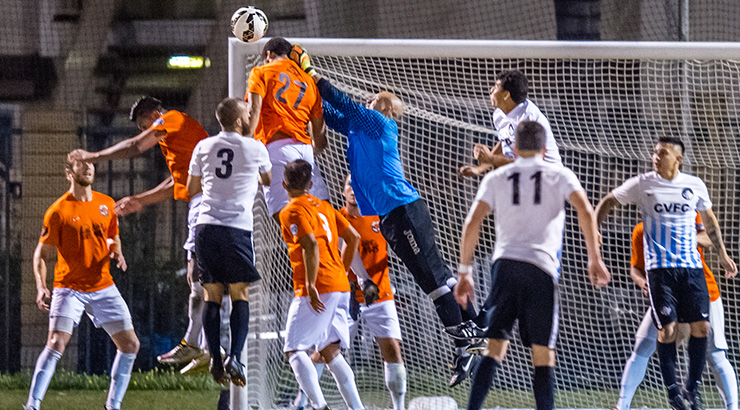
With a low cost of entry and a comprehensive system with 5-tiers of promotion and relegation, the USPL has rapidly expanded to 300+ teams in 32 states. Only a few years ago, the UPSL had 48-teams and when 2018 kicked off, the UPSL was home to 200+ teams across 26 states coast to coast. Why is the UPSL so successful with a rocketing membership?
UPSL believes it shouldn’t cost a lot to play soccer in America.
Clearly, the UPSL is attracting clubs from all across the country — but it is offering more than a gaming circuit. The UPSL is providing leadership with a clear vision — and a structure where actions are valued and make a difference.
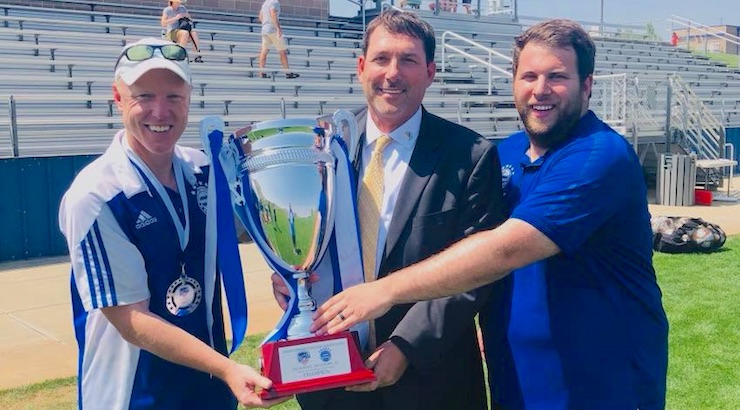
SoccerToday’s Exclusive Interview With UPSL Commissioner Yan Skwara
Diane Scavuzzo: What has been the biggest challenge in growing the UPSL?
Yan Skwara: We look at challenges more as opportunities — so the opportunity has been keeping the pace with our growth and that has truly been where we’ve had to keep our eye on the ball. At the UPSL, we have been adding additional personnel as we continue this aggressive growth so that we can manage the increase of clubs in the league.
A big key for managing our growth is the wonderful work of our respective conference managers who play a major role in the day-to-day success of the league.
In 2018, Paul Lapointe was named National Director of Operations and Derek Barraza recently also joined UPSL as Executive Director after ten years with Cal South. David Jacobs, Marketing Director since 2014 was joined by Dennis Pope, the new Director of Public Relations and Hoang Nguyen, Media Coordinator. And rounding out the executive staff are Gary Brunner, Director of Operations and Carlos Torres, VP of Administration.

Diane Scavuzzo: How many leagues compete in the UPSL?
Yan Skwara: The UPSL is approaching 300 members nationally between our multiple divisions. We have five different tiers — so the UPSL can really meet the needs of its members.
Diane Scavuzzo: What are the UPSL tiers?
Yan Skwara:
The UPSL tiers represent five different levels — Tier one is Pro Premier. Tier two is the Championship division. Tier three is UPSL’s third division, we call it League One. Tier four is the UPSL Youth Academy and tier five is the UPSL Masters Division for players over 30, over 40, over 50, and over 60.
The majority of our UPSL teams are in the Pro Premier and Champion divisions.
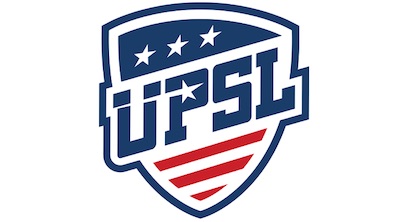
Diane Scavuzzo: What is the cost to compete in the UPSL?
Yan Skwara: To compete in the UPSL Pro Premier division it is $4,500 per year — this includes both the Fall and the Spring soccer seasons plus the annual $500 membership fee.
The UPSL is a very cost effective league.
Diane Scavuzzo: How much is the Championship division?
Yan Skwara: The UPSL Championship division it is $3,500 per year — this also includes both the Fall and the Spring soccer seasons plus the annual $500 membership fee. Each season costs is $1,500. The Pro Premier season costs $2,000.

Diane Scavuzzo: Can a club have a team in both divisions?
Yan Skwara: Yes, and then we would only charge one membership for that club. A club can have 20 teams and only pays one annual membership fee.
Diane Scavuzzo: How does promotion and relegation work in the UPSL?
Yan Skwara: It’s just like the English soccer league — When teams do well in UPSL’s League One, they are promoted to the Championship division. When they do well in the Championship division, they get promoted to Pro Premier. In England, you’ve got the Premiership and then you have the Championship division. In England you have professional soccer teams dropping, and you have teams rising. It simple works.
Diane Scavuzzo: How do you define doing well?
Yan Skwara: Promotion and relegation impact the top two teams and the bottom two teams. It’s the same as the English Premier League (EPL). In the EPL, the bottom two teams drop and the top two teams go up.
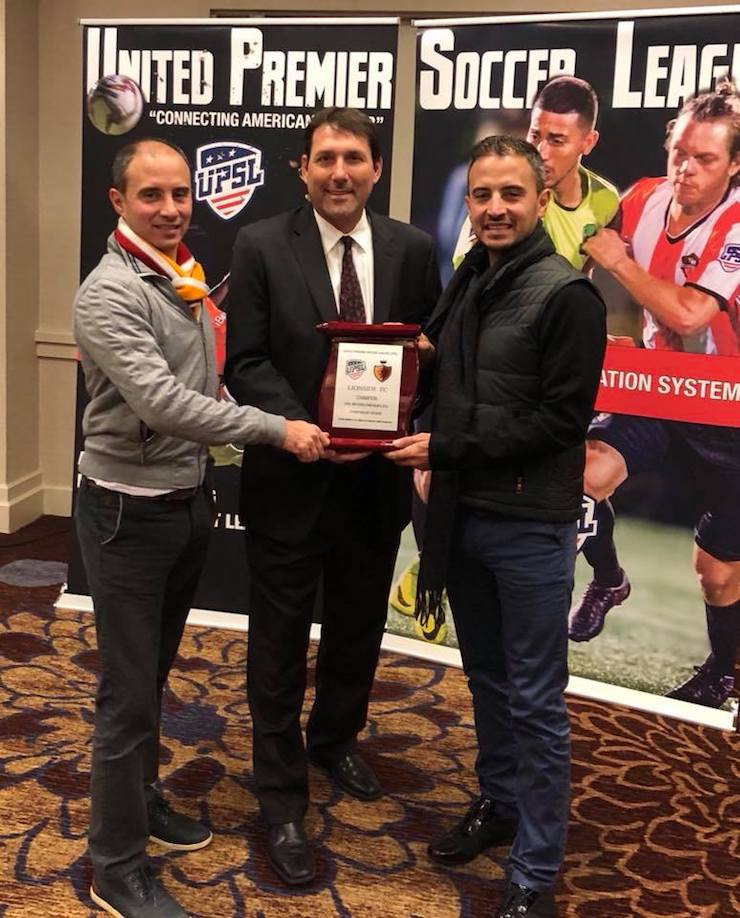
Diane Scavuzzo: Have you met with any resistance from league owners when they’re forced to drop?
Yan Skwara: No, not at all. I think it’s really a wake-up call for league owners that they need to step it up.
It is a very healthy process in both directions. If competitively you’re not doing well enough to remain in the top tier maybe if you change things around— invest a little bit more capital or invest a little bit more time, build a better staff on and off the field, identify and recruit better players — then you could have a chance to climb back up.
Promotion and relegation is not about limitations, it is progressive.
All clubs have the ability to rise. Unlike in the MLS where everybody’s at one table and whether you have a great season or a poor season.
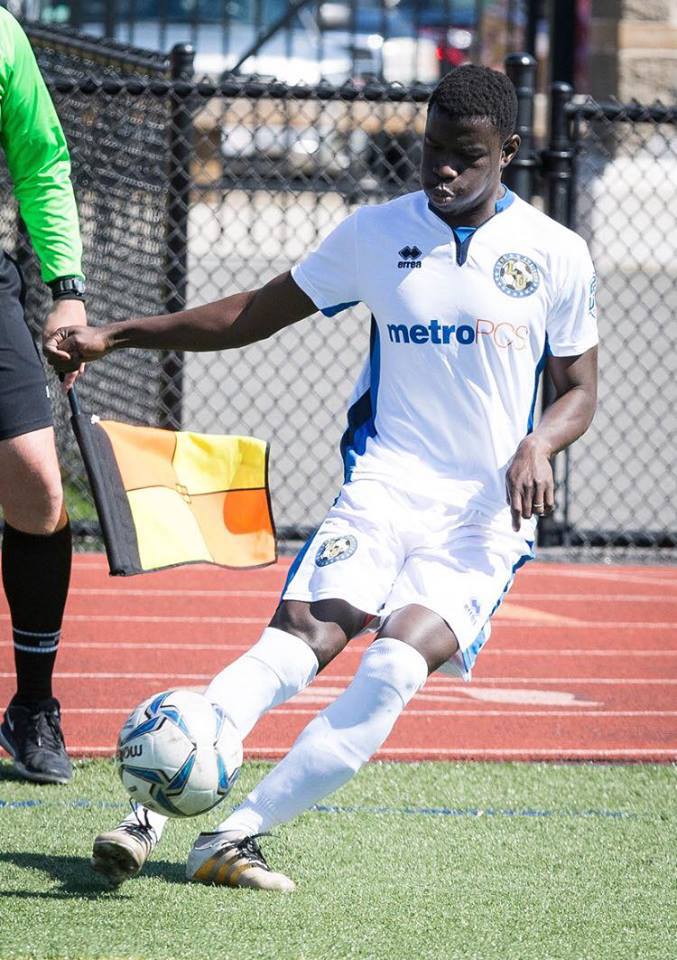
Diane Scavuzzo: Why are you so passionate about promotion and relegation?
Yan Skwara: It’s the system globally and that is for a very good reason. It works. One of the benefits of promotion relegation is it fuels investment into the sport. Promotion and relegation also fuels development of all players.
Without promotion and relegation, there is no fire for advancement.
It certainly has an impact on investment into clubs at the lower tier levels, and it has a significant impact on the development of players.
Diane Scavuzzo: When does the new UPSL Youth Academy program kick off?
Yan Skwara: The UPSL Youth Academy starts in the spring of 2019. The UPSL announced the expansion into youth soccer and our partnership with U.S. Club Soccer earlier this month. US Club Soccer is sanctioning the youth league.
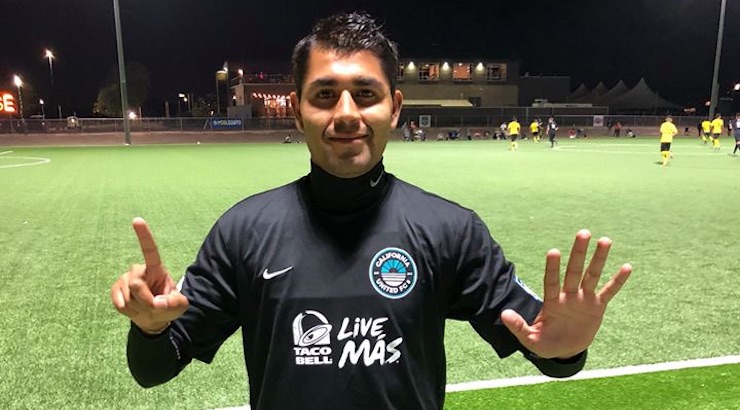
Diane Scavuzzo: The idea of the UPSL Youth Academy is to allow the teams competing in Pro Premier and Champions to offer a youth soccer program?
Yan Skwara: Correct. The whole idea is to have a clear path for player development and provide a gateway for youth players and their parents to really understand where the player starts and this is where the player will finish.
We’ve created a tier system for soccer in America that is a promotion relegation system.
Once a youth player hits a certain level of play, that player has the opportunity to move up and is not restricted by age limitations.
That’s very important. Age limitations have literally been clamping the game in the US for so many years. The UPSL is focused on improving opportunities for talented youth soccer players to play at higher levels. This is what happens in Europe. The best young players move up the system and are not held back by their age.
Diane Scavuzzo: What do you believe needs to change in the American youth soccer system?
Yan Skwara: Unfortunately from our viewpoint, youth soccer has missed it in many areas.

We hope to come into the youth game and provide important opportunities and implement systems that have been missing — we feel the number one component that has been missing is enough league games being played per year.
If players are not playing enough league matches, and there is a greater emphasis on tournament play, player development suffers.
As a country, we need to focus on league play year round with rewarding players and clubs with tournament play on a selective basis. Special tournaments that are meaningful and fit the league’s schedule and fit around the league’s schedule.
Diane Scavuzzo: Where do you anticipate your leagues playing?
Yan Skwara: The UPSL Youth Academy will focus on local play with Regional and National playoffs in all divisions.
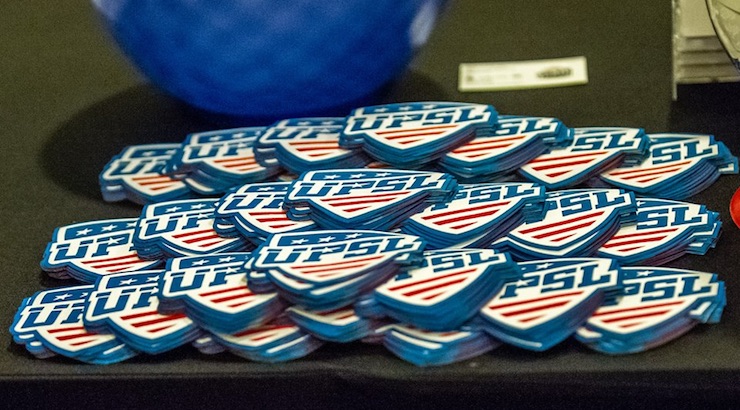
Diane Scavuzzo: The UPSL is anticipating enough teams in the LA / San Diego area to be able to offer consistent league play with minimal travel?
Yan Skwara: Absolutely, we’re very confident that markets like California, Texas, Florida are interested in playing in a tier system that is year round which allows all teams to participate without having to go through a lot of red tape.
Diane Scavuzzo: Red tape?
Yan Skwara: There’s an abundance of teams who have reached out to us and are looking for cost-effective, year-round programs that don’t have the red tape that requires a minimum of six teams to participate in order to compete in the league. I call that the red tape package.
We’re going to eliminate the red tape which stops teams from participating.

For instance, smaller clubs that do not have the depth of highly competitive teams — their teams are kept out of these better leagues. Or maybe the club doesn’t have a large financial backing, but they have enough funding to start play — we believe in allowing everybody the opportunity to play.
Diane Scavuzzo: What is your goal for the future?
Yan Skwara: We need to continue to populate all the divisions with teams across the US that want to be part of one system. Realistically, this is going to take another three to five years. My goal is to reach 1,000 teams.
Diane Scavuzzo: How do you want to change American soccer?
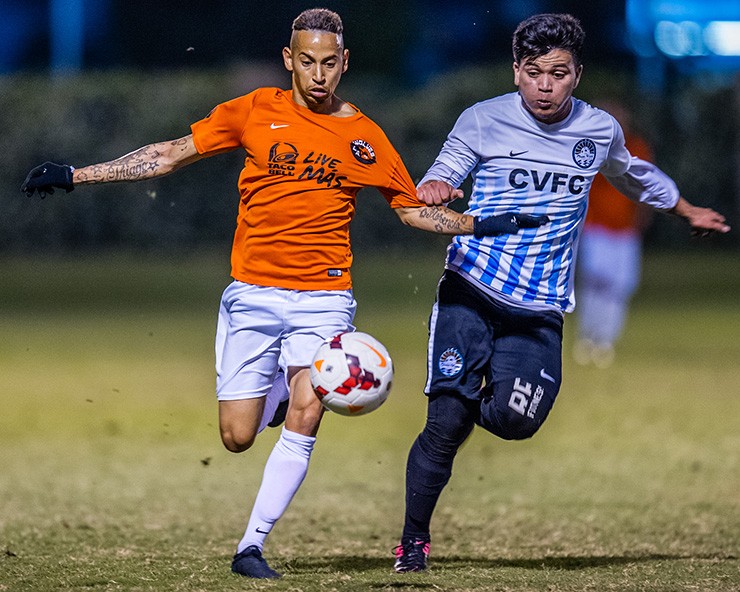
Yan Skwara: At the UPSL, we want to create more opportunities for players than what exists today.
There are many players who are hidden gems and could be the future soccer stars of tomorrow and they are not able to showcase themselves due to financial restrictions often referred to as the pay-to-play issue. We want to be able to really open that door for these players.
We want to bring the international soccer community to the table so we can really open the floodgate on the tremendous international talent that we have in all our backyards in our major cities across America.
A lot of people like to refer to these teams as the unaffiliated clubs, but we call them the international teams. These are the teams that are not registered with a state soccer association and part of U.S. Soccer.
There are many talented players not scouted because they do not participate in events that are part of the U.S. Soccer umbrella.

We want to connect everyone to the U.S. Soccer system through the UPSL UPSL tier system.





